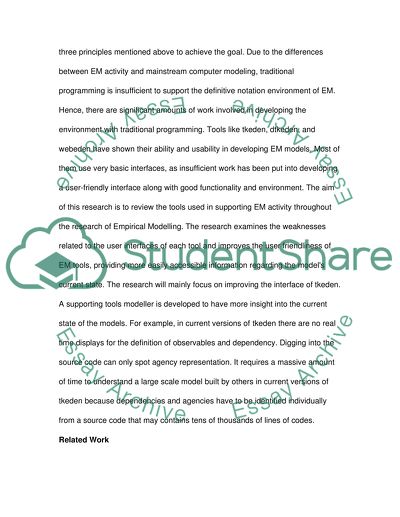Cite this document
(“Improving the Interface of Empirical Modelling Tools Dissertation”, n.d.)
Improving the Interface of Empirical Modelling Tools Dissertation. Retrieved from https://studentshare.org/information-technology/1589427-improving-the-interface-of-empirical-modelling-tools
Improving the Interface of Empirical Modelling Tools Dissertation. Retrieved from https://studentshare.org/information-technology/1589427-improving-the-interface-of-empirical-modelling-tools
(Improving the Interface of Empirical Modelling Tools Dissertation)
Improving the Interface of Empirical Modelling Tools Dissertation. https://studentshare.org/information-technology/1589427-improving-the-interface-of-empirical-modelling-tools.
Improving the Interface of Empirical Modelling Tools Dissertation. https://studentshare.org/information-technology/1589427-improving-the-interface-of-empirical-modelling-tools.
“Improving the Interface of Empirical Modelling Tools Dissertation”, n.d. https://studentshare.org/information-technology/1589427-improving-the-interface-of-empirical-modelling-tools.


